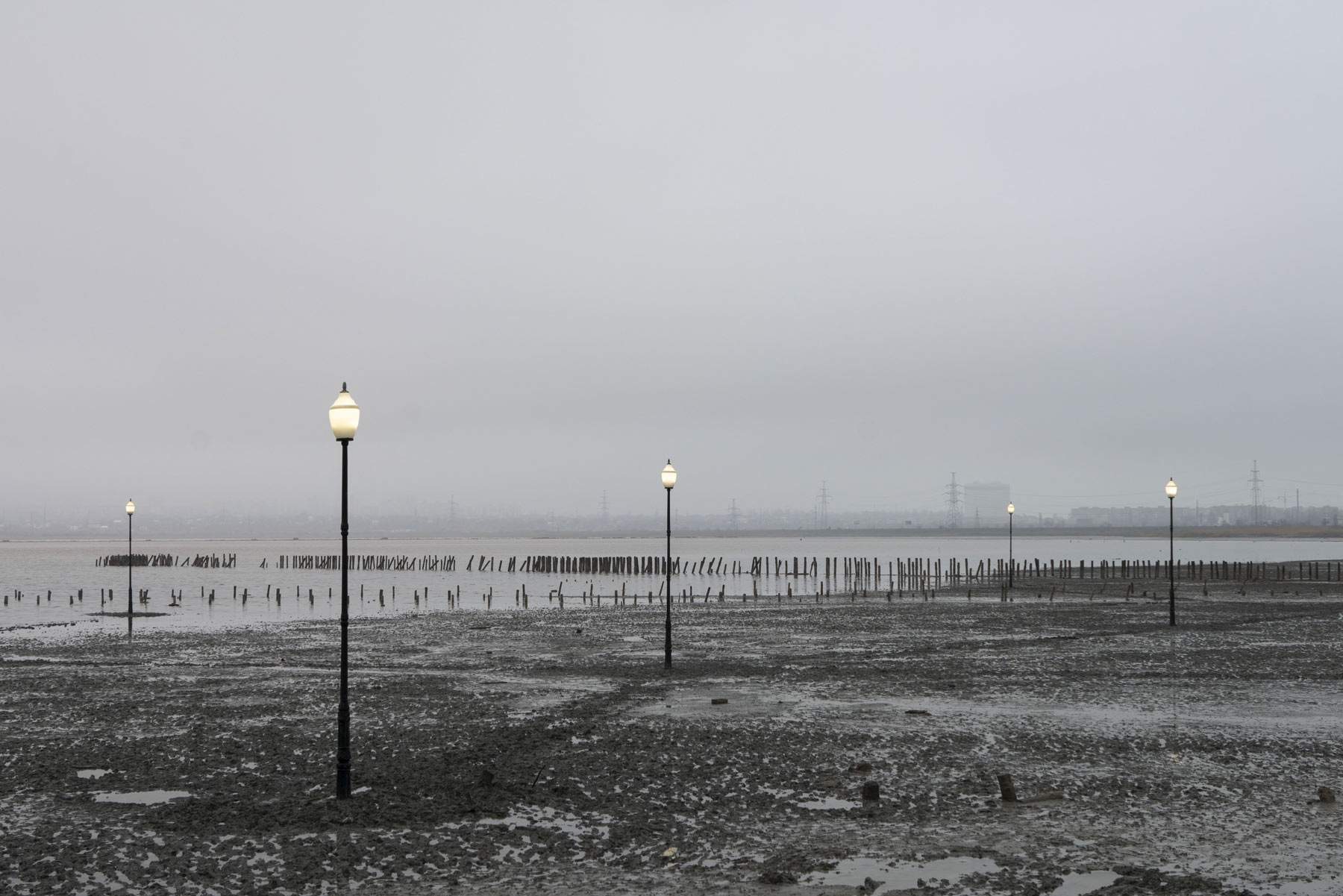A work about the crisis of democracy and the subsequent demise of Western civilization, born in the Athens of Pericles. This is the meaning of Моє серце пусте, як дзерк ало - одеський епізод (“My heart is as empty as a mirror - Episode of Odessa”), the project by Gian Maria Tosatti (Rome, 1980), presented by The Blank Contemporary Art (Bergamo) and Izolyatsia Platform for Cultural Initiatives (Kiev) and curated by Kateryna Filyuk and Alessandra Troncone, made possible thanks to the support of the seventh edition (2019) of Italian Council (the program for the promotion of Italian contemporary art in the world of the General Directorate for Contemporary Creativity of the Ministry of Cultural Heritage and Activities and Tourism).
Il mio cuore è vuoto come uno specchio> is an articulated project that completely absorbs Gian Maria Tosatti’s current artistic research. In 2018, the artist began a pilgrimage around the world that took him to different cities and countries with the aim of portraying the complexity of their current state. Each work created through this process represents an episode within an ideal visual novel, where visions, prophecies and reality are indistinguishable. TheOdessa Episode (which comes after the Catania, Riga, and Cape Town episodes) is the installation Tosatti developed after a long period spent in Ukraine, and which he created after gathering cues along the way, composing them all into a single vision.
In 1986, with the Chernobyl disaster, Ukraine faced, Tosatti recalls, the possibility of the extinction of the human race. Today, the barrier surrounding the Chernobyl containment area resembles, according to the artist, an ancient portal that leads into the mysterious temple of an oracle, a place that can show the future, an image of the world without man. “However, this knowledge, this sense of disappearance,” says Tosatti, “is something deeply rooted, a kind of strange, uncanny gift that has been given to the whole country and its citizens. In many towns or villages one can clearly perceive a defective flow of time. Time seems to flow slower than anywhere else or to go outside its mechanisms. Odessa seems like a piece of land adrift of time. Walking through the fields on the outskirts of the city, one has the feeling not to be in an elsewhere, but in ’otherwhen’. And Lake Kuyalnyk seems like a place where time (man’s most important invention) no longer makes sense. In this uncertain moment, every day and everywhere in the world we are facing the same sense of precariousness that here in Odessa is stable and perpetual.”
The intervention that the artist will make on Lake Kuyalnyk in Odessa is intended to take on the value of a prophecy, a vision of the world after the end of human history. It is not a dramatic image, but “a vision of extraordinary beauty,” in which water and sky merge, birds and nature proliferate in a new harmonious balance. What remains of the brief passage of the human race are not the ruins of buildings that had long ago shown their fragility, but something that still flows like something alive: the perpetual electric breath of nuclear energy that keeps the lights on even though no one can see them. TheOdessa Episode is one of the two parts of the Trauma Diptych project, which in turn is one of the sections into which the chapters of the larger project My Heart is Empty as a Mirror are divided: the intervention that completes the diptych is the Istanbul Episode that will be presented in May 2021. The local partner of the Turkish episode is DEPO and the curators are Devrim Kadirbeyoglu and Antonello Tolve.
Tosatti, one of the most highly regarded visual artists on the contemporary Italian scene, focuses his research on projects that are long-term investigations of specific issues related to the concept of identity, both politically and spiritually. His work consists mainly of large-scale site-specific installations conceived for entire buildings or urban areas. His practice often involves the communities of the places where he works. In 2015 ArtReview listed him as one of the thirty most interesting artists of his generation (Future Greats). In 2014 the international magazine Domus included his installation My dreams, they’ll never surrender among the world’s ten best exhibitions for that year. Tosatti is also a journalist: he is a columnist for Corriere della Sera and Opera Viva magazine. He writes essays on art and politics. His work has been exhibited at CCS BARD’s Hessel Museum (New York - 2014), MADRE Museums (Naples - 2016), Lower Manhattan Cultural Council (New York - 2011), Galleria Nazionale (Rome - 2017), Petah Tikva Museum of Art (Petah Tikva - 2017), Salerno Archaeological Museum (Salerno - 2014), American Academy in Rome (Rome - 2013), at Museo Villa Croce (Genoa - 2012), at Palazzo delle Esposizioni (Rome - 2008), at Chelsea Art Museum (New York - 2009), at BJCEM (2014).
Image: Gian Maria Tosatti, Il mio cuore è vuoto come uno specchio - Episode of Odessa, The Blank Contemporary (Bergamo) and Izolyatsia Platform for Cultural Initiatives (Kiev). Project realized thanks to the support of the Italian Council (2019)
 |
| The crisis of democracy and the end of man: here is the new work by Gian Maria Tosatti |
Warning: the translation into English of the original Italian article was created using automatic tools. We undertake to review all articles, but we do not guarantee the total absence of inaccuracies in the translation due to the program. You can find the original by clicking on the ITA button. If you find any mistake,please contact us.